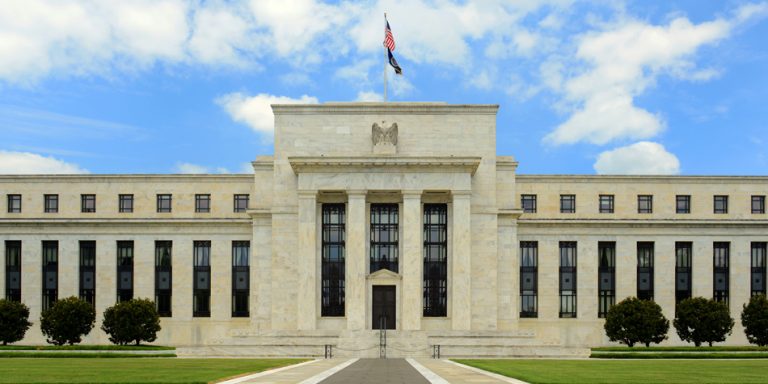The Federal Reserve raised the overnight rate to a range of 1.75% to 2% on Wednesday in a widely expected move. The accompanying statement from the Fed caused some volatility in the market when investors learned that, compared to the last time a statement was released, more Fed members now favor four rate hikes in 2018.
The initial reaction to the news wasn’t great, but this is probably not the kind of interest rate movement that will have a long-term impact on stocks.
To be perfectly clear, when the Fed “raises rates,” it is making a change to the Fed Funds Target Rate. This is the rate that banks charge each other for overnight loans. It is easy to confuse the issue with rising longer-term rates that will affect consumers, mortgages, student loans and capital spending. It is usually true that longer-term interest rates will rise and fall with the short-term rate, but the reaction can be delayed significantly, or the move in other interest rates won’t be proportional to the change the Fed announced.
The most important factor for long-term rates is what investors think about inflation. High levels of inflation are usually driven by growth, so rising longer-term interest rates can be thought of as a reflection of bullish sentiment towards growth. From that perspective, sentiment has improved since 2016, but it has recently stalled, which may be an issue.
The chart below is the 5-year, 5-year forward expected inflation rate. This graph can be a brain-twister, but think about it like this: Imagine that you were able to ask 100 institutional investors what they think the inflation rate will be for a 5-year period. Now imagine that you ask those same investors what they think the inflation rate will be for a 5-year period, starting 5 years from now. If this is year 1, then you are asking what investors think inflation will be like in years 6 through 10.

5-Year, 5-Year Forward Rate
If you are scratching your head about how investors could possibly make an estimate about inflation for a 5-year period that starts 5 years from now, you are not alone. The estimate is only going to be correct by coincidence, which seemingly would make this graph meaningless.
However, what estimates like this really reflect are investors’ current expectations for growth. The data are derived from bond futures prices and will rise if investors think growth will be higher in the future than it is now. Since stock values are mostly correlated to future growth estimates, the data become much more useful.
The next graph should help you understand why we care about these kinds of estimates. We have combined the 5-year, 5-year estimate (blue) with the S&P 500 stock index (red), where the correlation between the two is easier to observe.
Occasionally, the inflation estimate will decline ahead of stocks (like it did in late 2014), which is a very good warning sign of problems in the stock market. Currently, the 5-year, 5-year estimate is trending flat with stocks, but, if inflation expectations drop, investors should look out for a decline in stocks.

Inflation Expectations (blue) versus S&P 500 (red)
The Bottom Line on Rate Hikes
From this perspective, the Fed’s announcement on Wednesday was helpful. The potential for a faster pace of interest rate hikes in the near term indicates the Fed believes that inflation will be high enough to justify those rate increases.
The market usually believes what the Fed believes, so this may turn into a bit of a self-fulfilling prophecy if investors begin pushing up longer-term rates as growth expectations improve. We are currently sitting at an inflection point, and prices could head in either direction from here. However, we think the Fed’s efforts will likely have a longer-term bullish impact.
You can learn more about identifying price patterns and using them to project how far you think a stock is going to move in our Advanced Technical Analysis Program.
InvestorPlace advisers John Jagerson and S. Wade Hansen, both Chartered Market Technician (CMT) designees, are co-founders of LearningMarkets.com, as well as the co-editors of SlingShot Trader, a trading service designed to help you make options profits by trading the news. Get in on the next SlingShot Trader trade and get 1 free month today by clicking here.
